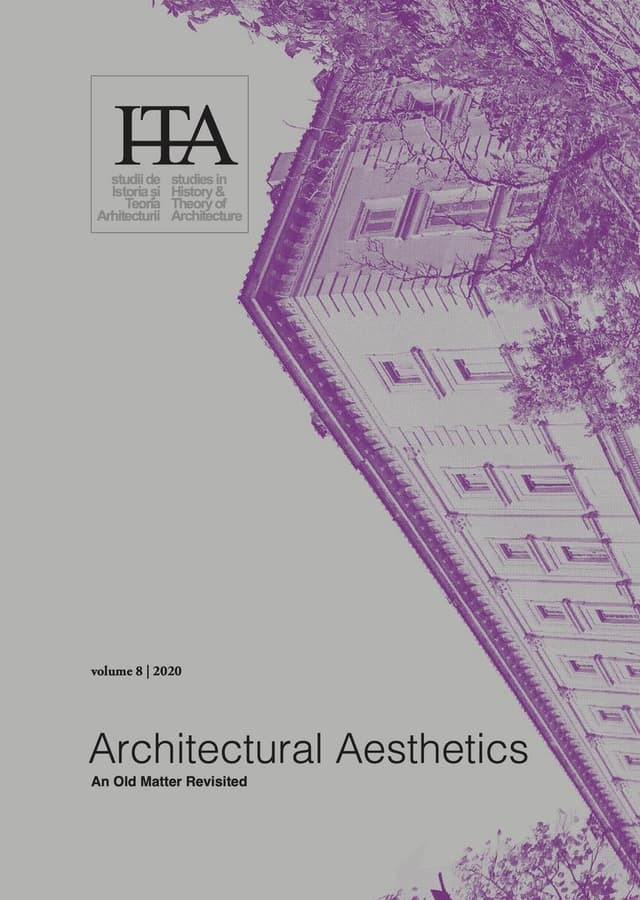Cultivating Feelings
by
Ștefan Vianu
Keywords
phenomenology
dwelling
body
spaces
feelings
imagination
ethics
Starting from the assumption that aesthetics (and architectural aesthetics, perhaps in an even more acute way) experiences, at least since the beginning of the postmodern era, a certain disorientation, this study aims to place architecture as discipline on the foundation of the phenomenology of the body, following the footsteps of Hermann Schmitz, but also of some older authors (Bollnow, Bachelard). Our approach builds upon the positive recognition of recent writings of both architects (Zumthor) and theoreticians (Pallasmaa along with his school of architectural thought), delving into the philosophical grounds advanced by these studies.
The first chapter offers an interpretation of Martin Heidegger’s phenomenology of existence, in comparison to the phenomenology of the body, which stands out better, by contrast. Starting from Bollnow’s critique on the phenomenology of existence, next chapter introduces the issue of dwelling, the central subject of the last two chapters. Dwelling is defined as “cultivating emotions in the enclosed space,” both at the level of feeling itself (Schmitz) and at the level of poetic imagination (Bachelard), where feeling is transfigured, through imagination, into word. According to this view, architecture is not concerned with the “beauty” of shapes and volumes, but with spaces, atmospheres, and finally with the way in which the body that perceives and imagines is able to dwell within them.
Published in

Chicago citation style
DOI:
10.54508/sITA.8.10